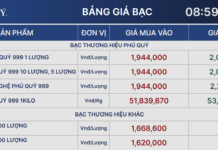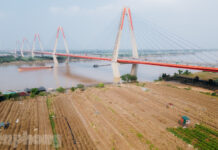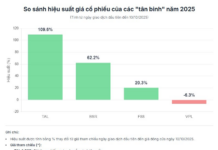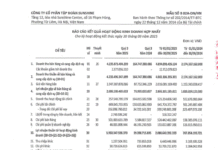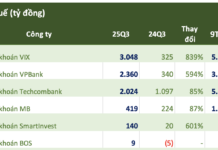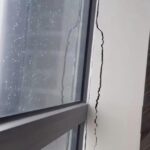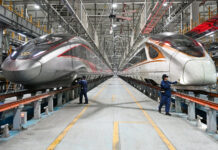Typhoon number 3 battered the provinces of Quang Ninh, Hai Phong, Thai Binh, and Hanoi. During the storm, many apartment buildings were stripped of their exterior glass panels, with ceilings caving in, glass doors shattering, and walls cracking.
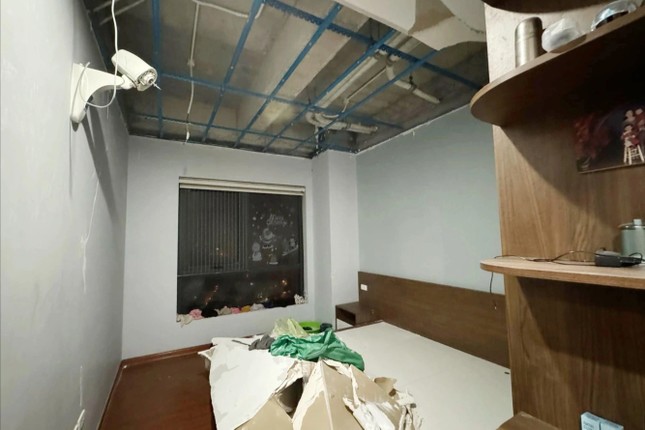
The aftermath of the typhoon: A collapsed ceiling in a Hanoi apartment. Photo: ST
Mr. Le Van Thinh, former Head of the 1st Construction Quality Management Division, State Appraisal of Construction Quality, Ministry of Construction, stated: “The recent typhoon in Hanoi, which caused cracks in walls, broken glass, and ceiling collapses in many apartment buildings, was due to improper construction practices and not outdated standards.”
According to Mr. Thinh, the shattering of glass panels indicates poor connections between the frames and the enclosing structure or the load-bearing system. He emphasized the importance of considering the five Ms in construction quality management: Man (people), Money, Materials, Machines, and Method.
Mr. Thinh added that evaluating the human factor involves clarifying the responsibilities of key stakeholders, including investors, design contractors, construction contractors, and supervision contractors. “Glass doors and walls in buildings are considered enclosing structures and play a crucial role. While investors aim for aesthetics and quality, the second M, Money, often comes into play, leading to potential compromises in design. It’s important to distinguish between architectural design and structural design. The former focuses on the aesthetic arrangement of glass panels, while the latter ensures the structural integrity of the door and wall systems. Unfortunately, structural design drawings for these systems are often overlooked,” said Mr. Thinh.
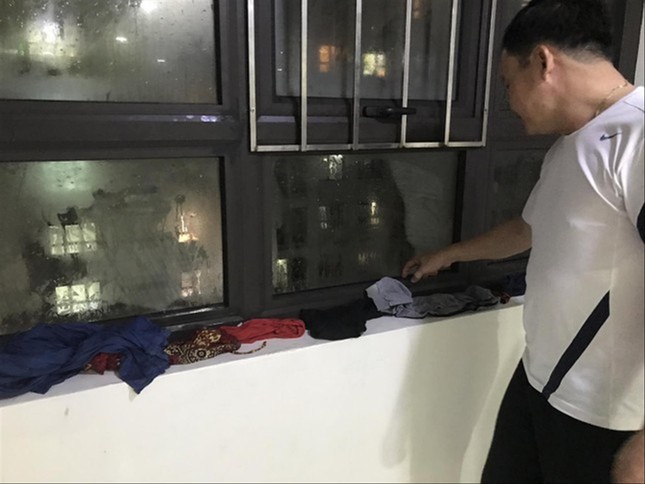
Water intrusion through apartment windows and balconies during Typhoon number 3. Photo: N.D
Mr. Thinh also highlighted the significance of enclosing structures in buildings and the potential dangers if they are overlooked or poorly calculated. Structural design contractors must consider specific wind pressures and determine the required glass thickness, number of layers, and composition. Additionally, the frames of walls and doors should be connected to the load-bearing structure and surrounding enclosing structures. However, there is a tendency for construction contractors to choose their materials, compromising quality. After fabricating and installing glass doors and walls, contractors can create as-built drawings and legalize them by having the design contractor sign off on them.
The ceiling collapses and wall cracks in apartments also indicate shoddy construction and supervision practices. “All regulations and procedures are in place; it’s a matter of proper implementation. If these procedures are followed correctly, construction quality can be assured,” asserted Mr. Thinh.
In a conversation with Tien Phong, Mr. Vu Ngoc Anh, Head of the Department of Science, Technology, and Environment, Ministry of Construction, emphasized that all construction projects, including apartment buildings, must comply with QC 02/BXD, the national technical regulations on natural conditions data in construction.
According to these regulations, designs must consider both typhoon and earthquake resistance, depending on the region. One crucial aspect of safety is structural load-bearing capacity. Designs account for vertical loads, including the weight of the structure itself, occupants, and equipment, as well as horizontal loads from wind forces (both static and dynamic) during typhoons. Additionally, designs consider seismic forces caused by ground motion. Mr. Ngoc Anh mentioned that the standards are reviewed every five years to incorporate updated wind measurements.
Why Do Many Condos in Hanoi Experience Wall Cracks and Broken Glass During Storm No. 3?
Speaking to Tien Phong Newspaper, Mr. Le Van Thinh, former Head of the Department of Construction Quality Management 1, State Appraisal Office for Construction Quality, Ministry of Construction, said: “In the recent storm in Hanoi, many apartment buildings suffered wall cracks, broken glass, and ceiling collapses. All of these incidents were due to improper construction and not because the standards are outdated.”
The Golden Harvest: Racing Against the Storm
In anticipation of the impending storm, the third of its kind this season, residents of Thanh Hoa province took to their fields under the cover of night to harvest their rice crops. With a sense of urgency and unity, they worked diligently, determined to minimize potential damage and protect their livelihoods.
Preparing for the Super Typhoon: Emphasizing Rescue and Relief Operations
Tropical Storm No. 3 is considered the strongest storm in the South China Sea in the past decade. By the morning of September 5, 2024, the storm had intensified to a Category 15, with gusts exceeding Category 17. In the afternoon of September 5, the storm’s intensity is expected to increase further, reaching Category 16 and becoming the most powerful superstorm globally this year.

